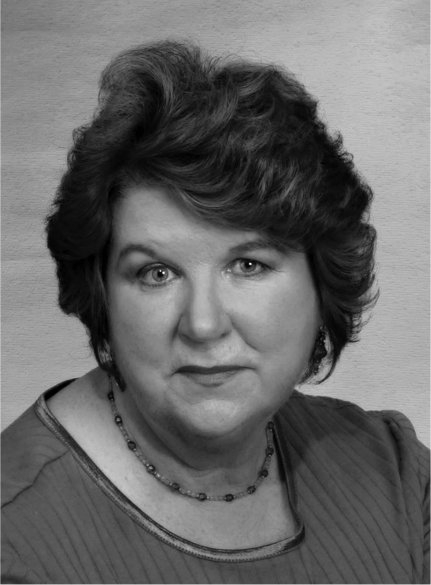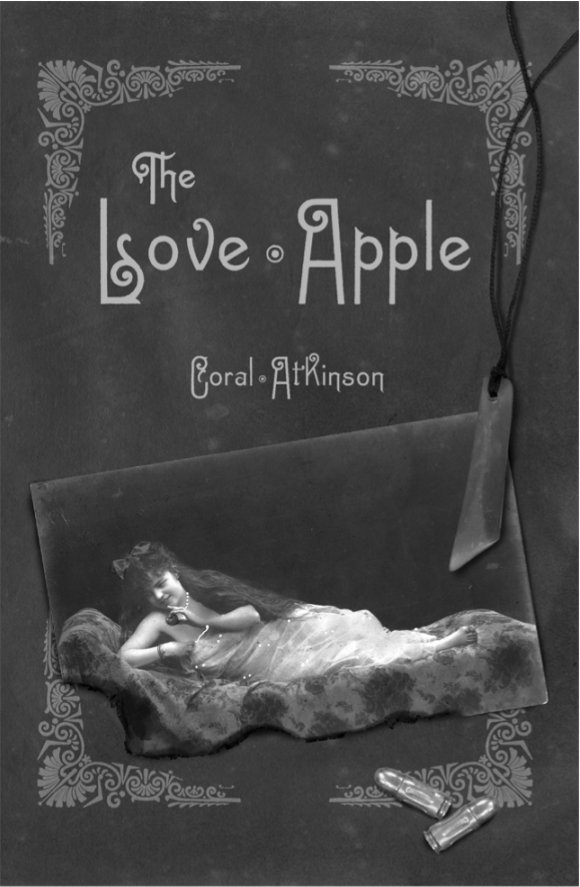The Paua Tower (30 page)
Authors: Coral Atkinson

‘Someone’s got a gramophone over on the hill,’ said Nicholson.
Vic remembered the surprise Stella had promised, and though he’d no idea how she had managed it, he knew she was doing this for him. His heart staggered with tenderness, and the voice of love went on and on.
Andrew Carey tipped his hat back as he stood resting his arms on the gate and looked at the Paua Tower, which was already showing signs of neglect. The smashed rail and banister still hung over the side of the building, partly suspended by broken nails; the wood battered the sides of the tower whenever there was a storm. A temporary barricade had been put at the bottom of the stairs to prevent access, but nothing else had been done since the night Roland and Amélie fell, and the re-opening of the tower had been indefinitely postponed. The walls of the public toilet had been defaced with furious graffiti, vandals had smashed the light with stones, and pieces of the newly restored paua inlay had already dropped out. There was no further money allocated for more subsidised work on the project, Maguire was dead and the council’s attention had moved elsewhere.
Carey looked at the signs of decay and felt a surge of
satisfaction
. The tower was returning to him; he knew now that he had been wrong to pass it over, and not even the floodlights, when they worked, had been worth the sacrifice. He picked up a shard of shell and looked at it. Rich as taffeta, the swirling rivers of light were as beautiful as always. He thought of his son Melvin, buried beneath
a thorn bush on the veldt, and his wife Effie, lying under a marble cross in the Matauranga cemetery. One day, not too far off, Carey thought, I, too, will offer my bones to the land, and the Paua Tower will slide into oblivion. He saw how it would be: the shards of brightness disappearing into the soil, mixing their colour with the earth, and adding a dazzling tincture to the wind.
The characters and setting of
The Paua Tower
are of course
fictitious
, but the major events described all happened, and some of the minor ones as well. New Zealand suffered a serious economic depression in the period, with widespread wage cuts, poverty and unemployment. Nearly 80,000 men were out of work by 1933 and a large number of these were on relief schemes, many enduring the atrocious conditions of up-country work camps. Unemployment pay was inadequate and there were no payments for single women or many Maori. Capitalist entrepreneurs were able to exploit the situation and get subsidised cheap labour, while Happy Days-type carnivals, designed to boost the sluggish economy and cheer people up, were held in some towns and cities.
Anti-eviction protests were not uncommon, and some involved people sitting on possessions to prevent eviction. Riots or disturbances did occur in many of the major New Zealand cities, and the highly unpopular Special Constables were used to assist police in controlling the crowds. The riot described in
The Paua Tower
is very loosely based on some of the events that took place in Queen Street, Auckland, in April 1932. The turning off of the streetlights is an invention.
Contraceptive advice was seldom available and abortion was illegal, while back-street abortions, or those women performed on themselves, were common. It is known that between 1931â1935, at least 176 New Zealand women died as a result of these
procedures
; many others were permanently injured.
When the music-loving, unemployed workers' activist Jim Edwards was in Mount Eden jail, his wife did play the
gramophone
for him outside the walls, until she was stopped by the authorities.
Tarot cards have been used for hundreds of years as a means of providing counsel and divining the future. They enjoyed
considerable
popularity in France in the nineteenth century and were taken up by the esoteric Hermetic Order of the Golden Dawn in the early twentieth century. This order included many artists and poets, such as W.B. Yeats, among its supporters, and the famous Rider-Waite-Smith Tarot cards, the best known of all Tarot images, were developed by members of this order.
The ideas and symbols depicted on Tarot cards are drawn from a multitude of sources and belief systems. There are many
excellent
books currently available that explain the origins, significance and ways to read Tarot.

Born in Ireland, Coral Atkinson moved to New Zealand as a girl and studied history at the University of Canterbury. She has worked as a secondary school teacher and educational journalist as well as in book publishing; currently she tutors on a publishing course and runs adult education seminars. Her short fiction has been published in New Zealand, Ireland and England. It has won and been shortlisted in several short-story competitions. Her serial story,
Cheerio!
won one of the two 2005
Christchurch
Press
Summer Fiction Awards. Coral Atkinson is the author of
The Love Apple
(Black Swan 2005) and co-author of
Recycled People: Forming New Relationships in Mid-life
. She has also published various non-fiction articles, essays and educational texts.
National Library of New Zealand Cataloguing-in-Publication Data
Atkinson, C. E. (Coral E.)
The paua tower / by Coral Atkinson.
ISBN-13: 978–1–77553–348–1
ISBN-10: 1–86941–762–3
I. Title
NZ823.3—dc 22
A BLACK SWAN BOOK
published by
Random House New Zealand
18 Poland Road, Glenfield, Auckland, New Zealand
www.randomhouse.co.nz
First published 2006
© 2006 Coral Atkinson
The moral rights of the author have been asserted
ISBN-10: 1 86941 762 3
ISBN-13: 978 1 77553 348 1
Design: Elin Bruhn Termannsen
Cover design: Matthew Trbuhovic
Printed in Australia by Griffin Press

Tomatoes were little known in New Zealand in the late nineteenth century, but those who had
encountered
the fruit often called it the ‘love apple’ and considered it a symbol of love and lust. Anglo-Irish gentleman photographer Geoffrey Hastings is in danger of confusing the two as he agonises over the past. Huia, the hoydenish, part-Maori sixteen year old, knows just how to use lust for her own ends. The orphan PJ, meanwhile, follows any chance of love wherever it takes him. Like Geoffrey, he arrives in New Zealand from Ireland, but unlike the older man PJ has Fenian sympathies and pines to right the wrongs of his native land. Their shared heritage is one of conflict, but can they forget the past in this new country?
The Love Apple
is a novel about risk and freedom, desire and love.